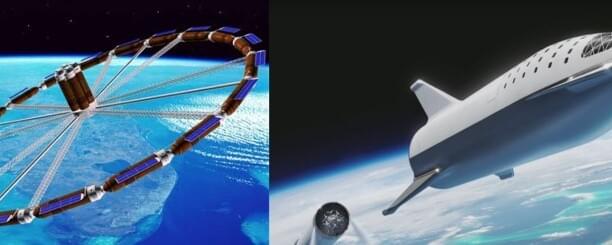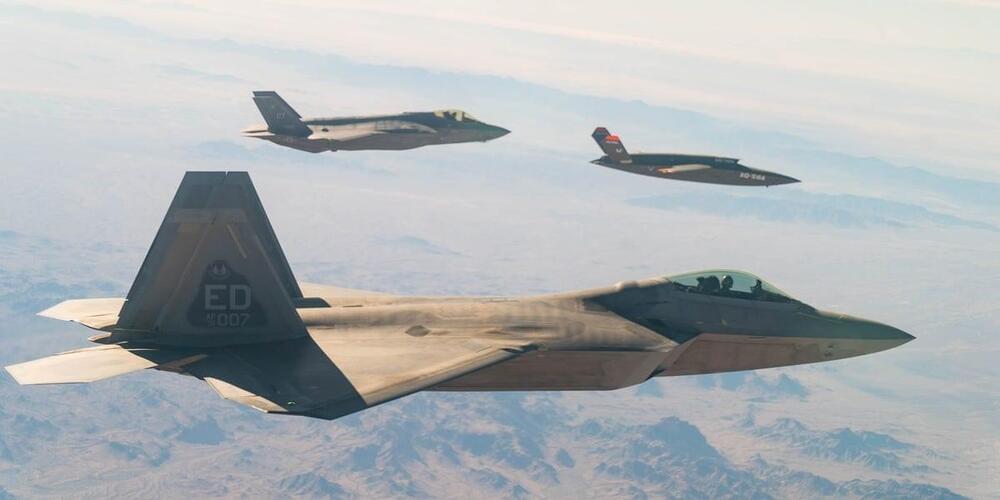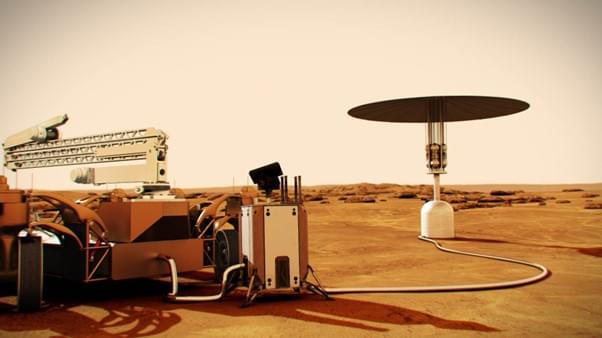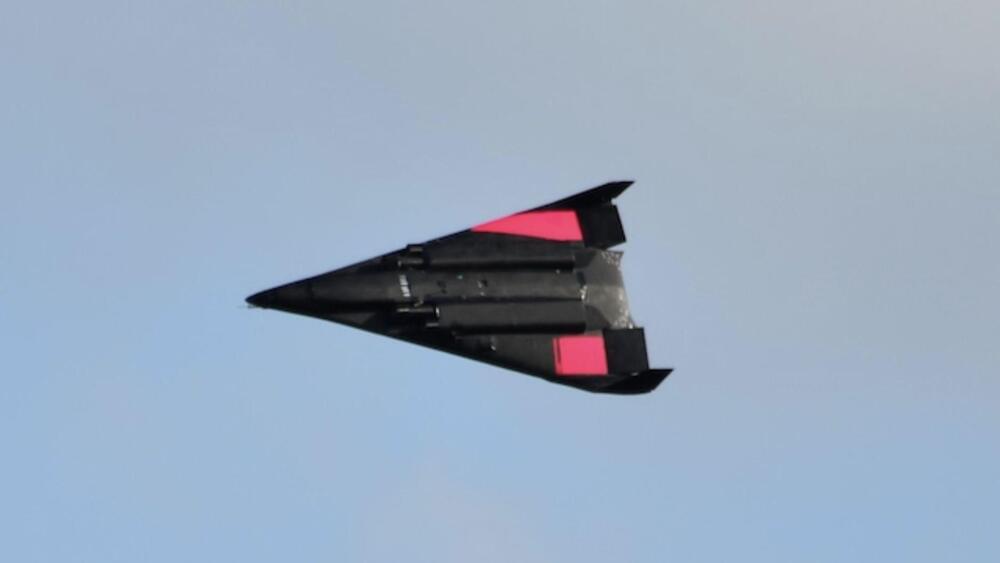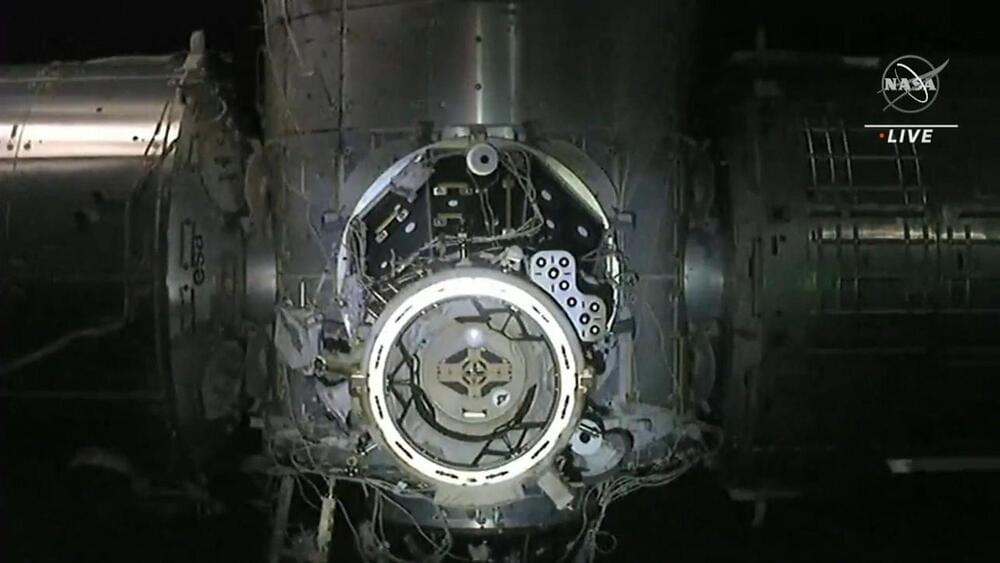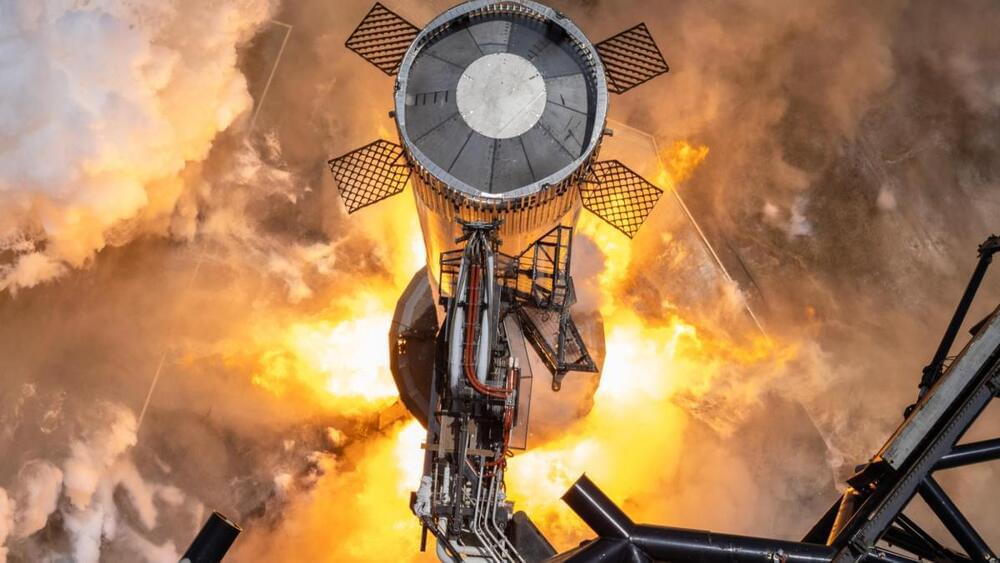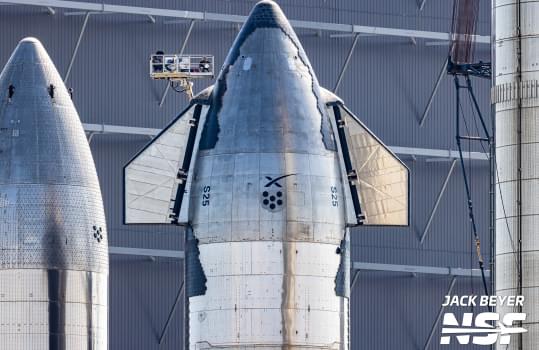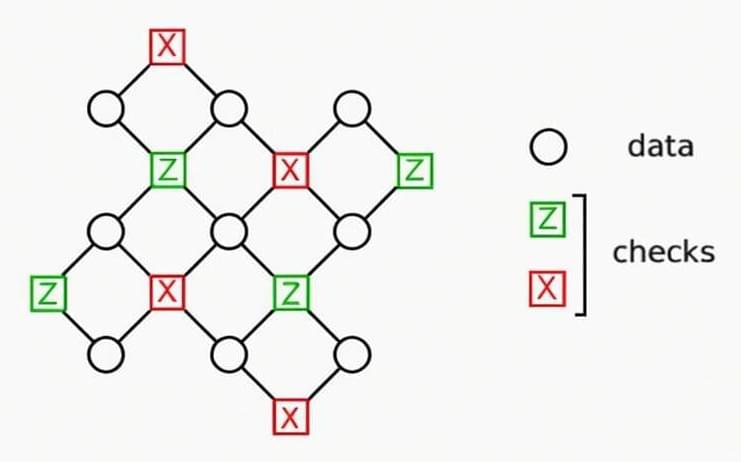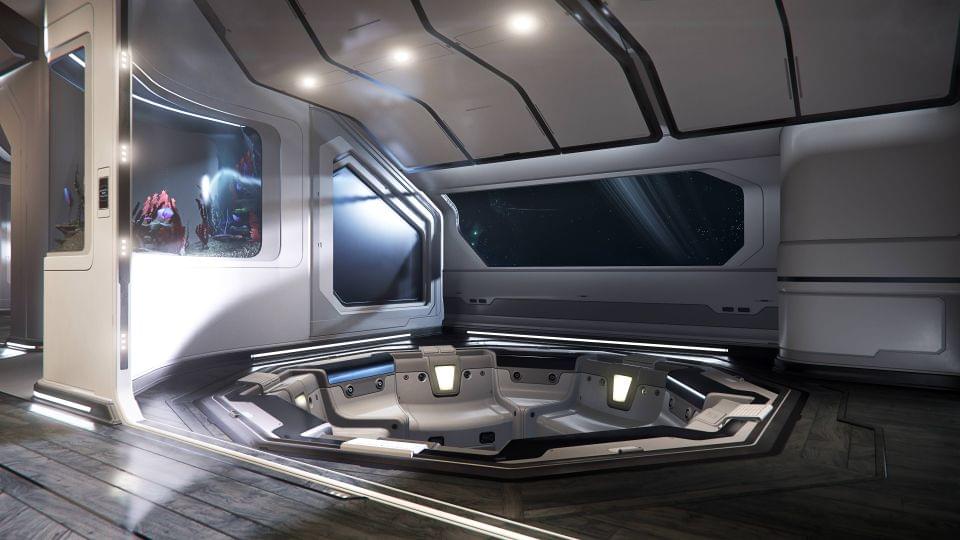
As humanity’s gaze turns towards the stars, one name stands at the forefront of the space exploration revolution: Elon Musk’s SpaceX. Among its many ambitious projects, the SpaceX Starship promises to reshape our understanding of interplanetary travel. This colossal 9-meter diameter rocket has captured our imagination with the grand vision of shuttling thousands of people on a six-month journey to Mars. But what lies within this futuristic vessel? What can we expect from the spaceship interior that aims to make long-duration space travel a reality?
Historically, our mental image of a spacecraft has often been based on cramped capsules, such as the iconic Apollo 11, Soyuz, or Dragon. These designs, while functional, have offered little in the way of comfort. Even modern incarnations like the Orion spacecraft still lack the headroom to stand upright inside the Command Module. With its larger size, the space shuttle hinted at more livable conditions, but it still fell short of providing ample space for extended journeys.
Enter the SpaceX Starship—a towering, 9-meter diameter rocket that evokes images of Flash Gordon’s futuristic transport. Elon Musk’s vision of a vessel capable of shuttling thousands to Mars within six months is a compelling proposition. However, spending half a year in the confined space of a metal box hurtling through an interplanetary void is daunting, even if the box is quite spacious. As we anticipate the Starship interior, our expectations are high, and speculation runs rampant about what life onboard might entail.

